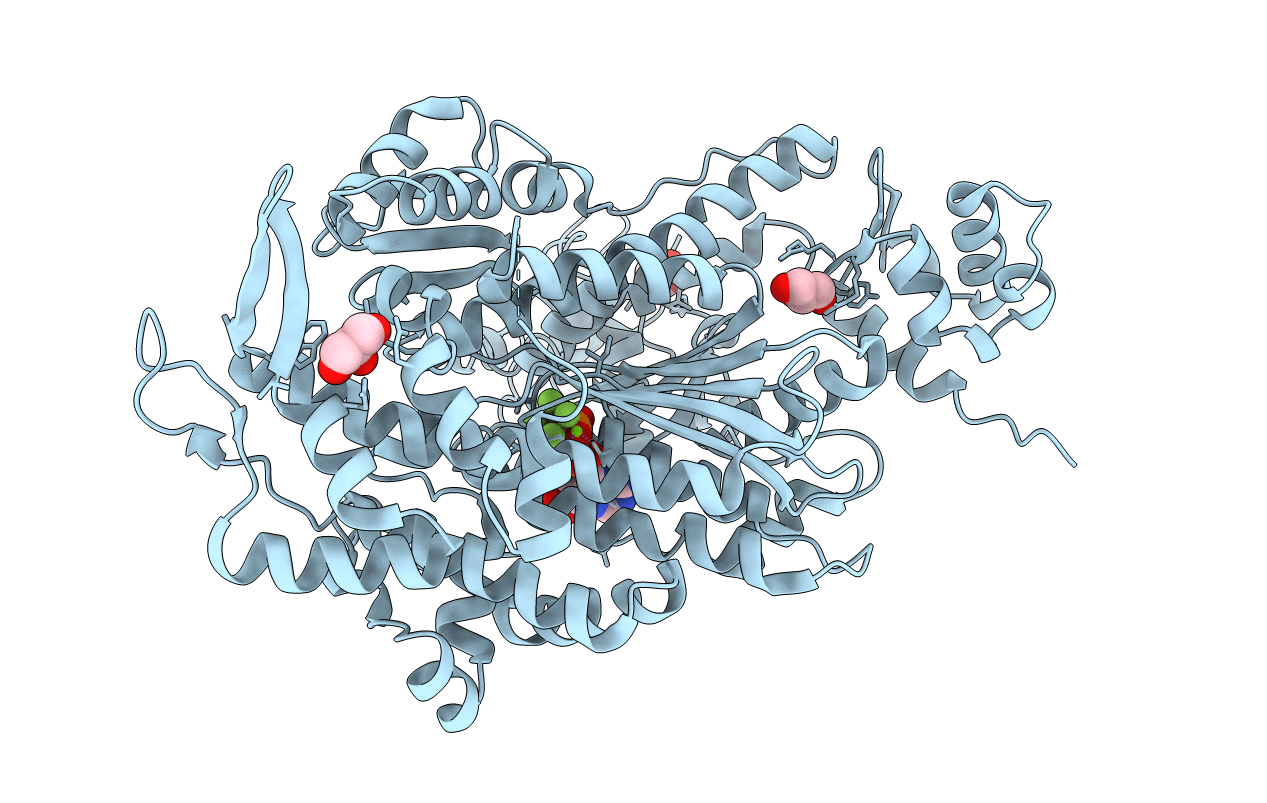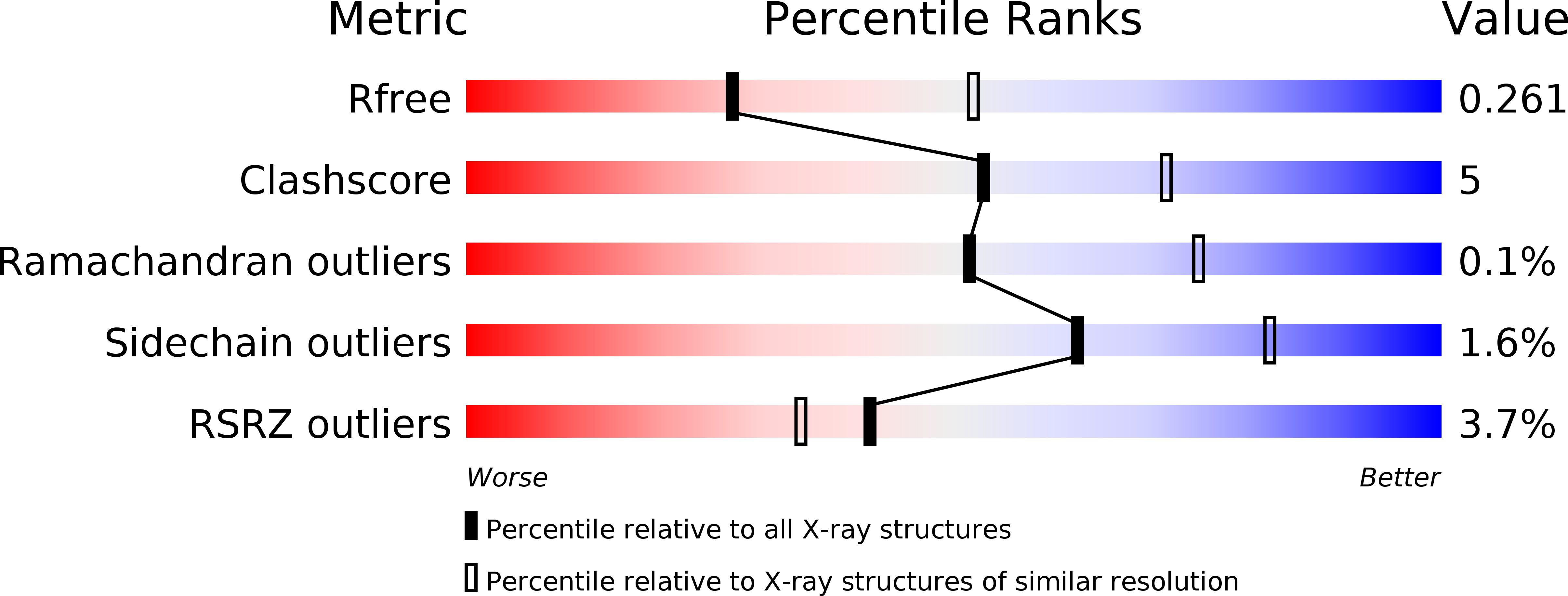
Deposition Date
2018-06-20
Release Date
2018-10-31
Last Version Date
2023-10-11
Entry Detail
PDB ID:
6DUE
Keywords:
Title:
Toxoplasma gondii MyoA, a Class-XIV myosin, in the pre-powerstroke state
Biological Source:
Source Organism:
Toxoplasma gondii (strain ATCC 50853 / GT1) (Taxon ID: 507601)
Host Organism:
Method Details:
Experimental Method:
Resolution:
2.60 Å
R-Value Free:
0.26
R-Value Work:
0.21
R-Value Observed:
0.22
Space Group:
C 1 2 1


